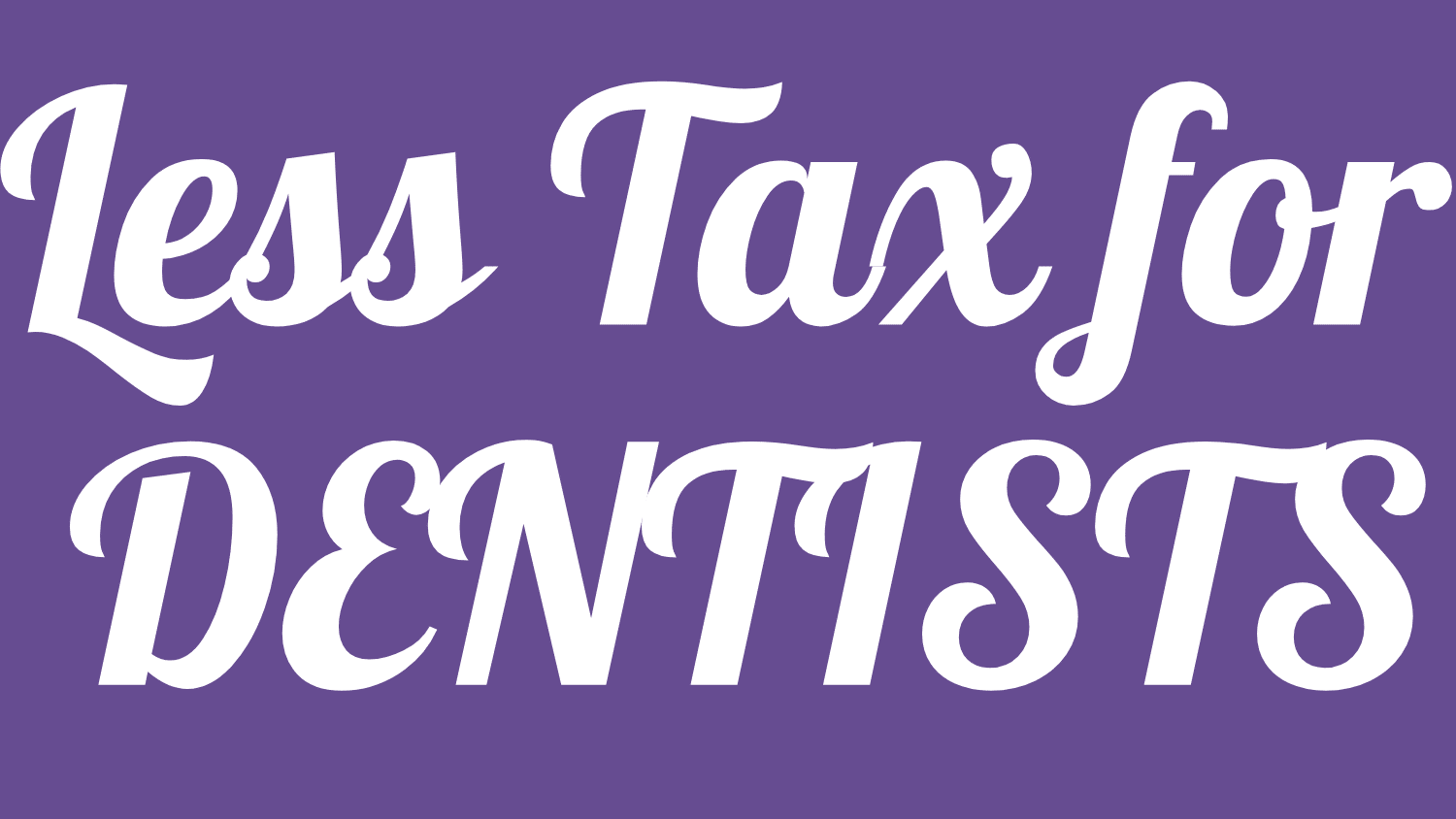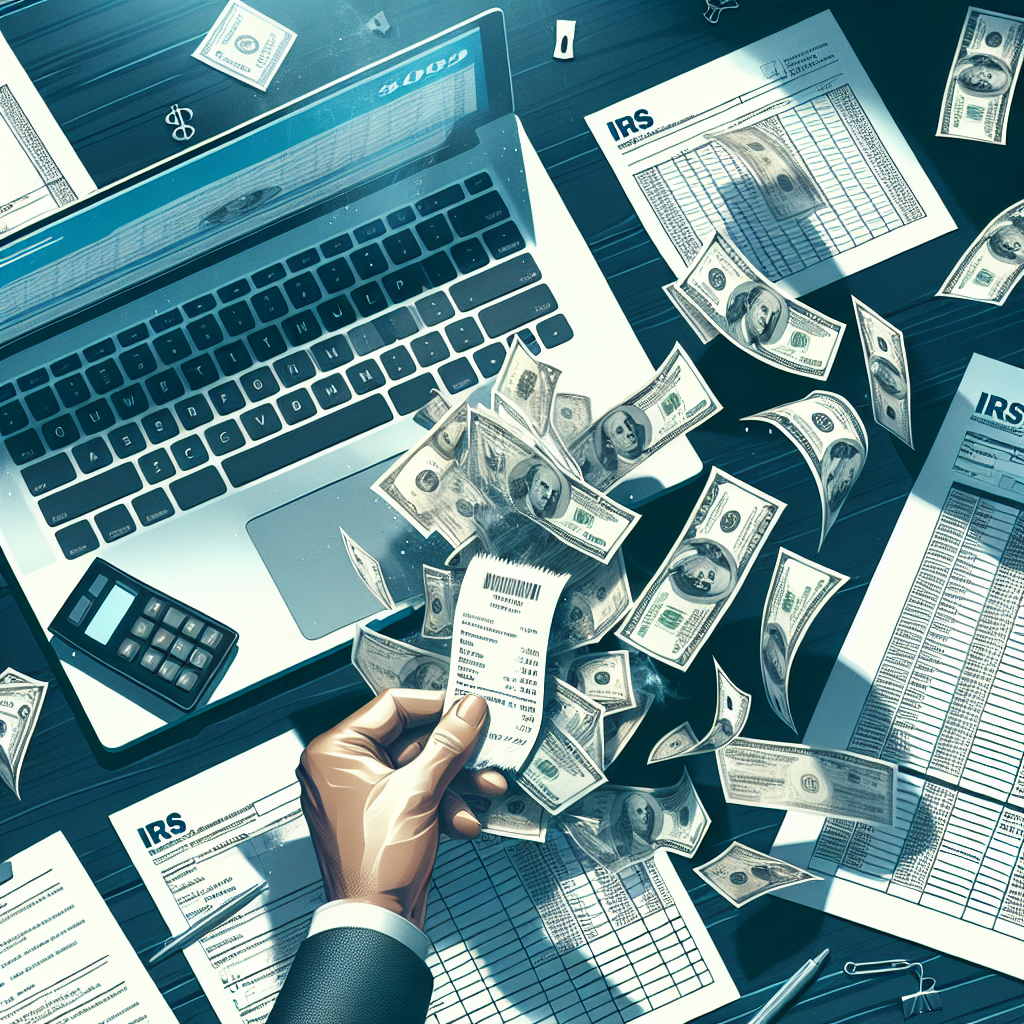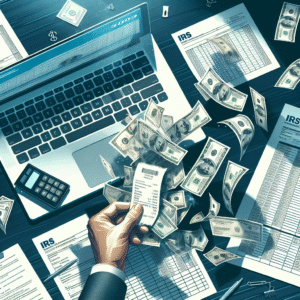How Much Can You Spend Without Keeping Receipts for IRS
Let’s be honest — filing taxes isn’t exactly anyone’s favorite activity. And when it comes time to round up all your receipts, it’s easy to start sweating. You might be wondering: How much can I spend without keeping receipts for the IRS? If that’s been on your mind, you’re not alone. The good news? The IRS doesn’t expect you to keep a receipt for every single dollar you spend. But there are some rules you should know.
Understanding What the IRS Requires
The IRS mainly wants to see that your expenses are ordinary and necessary for your type of business or income situation. Whether you’re self-employed, running a side hustle, or claiming deductions, keeping track of what you spend is key. Still, not every expense needs a paper trail.
What You Can Claim Without Receipts
You don’t need to hoard shoe boxes full of receipts for every small purchase. The IRS allows you to deduct certain expenses without a physical receipt, as long as you have other proof. These can include:
- Bank or credit card statements that show the purchase
- Digital records, invoices, or emails confirming the transaction
- Calendar entries or logs if you’re tracking mileage or appointments
Here’s a general rule of thumb: if it’s under $75, you might not need a physical receipt. The IRS acknowledges this threshold for certain travel, meal, or entertainment expenses. It’s known as the “$75 rule.” But be careful — this doesn’t mean you can go wild spending without any record.
What Is the $75 Receipt Rule?
The $75 rule says that for some business-related expenses under $75, you don’t need to submit a receipt along with your tax return. But don’t toss that receipt just yet. If the IRS audits you, you may still need proof the expense was legit. This is especially important for:
- Meals and entertainment
- Transportation and tolls
- Cash transactions
Think of it like this — imagine you’re at a café during a business trip. You grab a $12 lunch, pay with your debit card, and move on. For tax purposes, your bank statement, date, and purpose of the meal might be enough. But if you pay with cash, that paper receipt is your only proof. If an auditor asks, you’ll be glad you have it.
Tips to Keep Your Records IRS-Ready
If you’re someone who tends to misplace paperwork, here are a few simple habits that can save you a ton of stress come tax season:
- Take a photo of receipts right after you get them
- Use expense tracker apps like Expensify or QuickBooks Self-Employed
- Download your bank and credit card statements every month
- Keep a written log for mileage and other recurring expenses
Final Thoughts
So, how much can you spend without keeping receipts for the IRS? Technically, for some costs under $75, you don’t need the physical slip. But it’s still smart to keep some form of documentation. When in doubt, keep the receipt — it takes just a second and could save you a big headache later.
Remember, the IRS isn’t out to get you — they just want to make sure everything adds up. A little organization goes a long way when tax season rolls around. Got questions? Consider chatting with a tax professional. It could be one of the best returns on investment you ever make.




